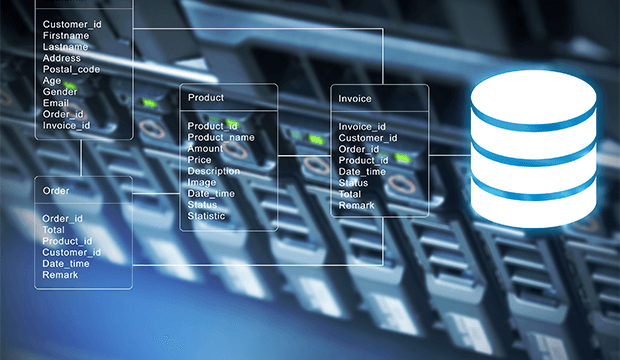Databases are programs that manage information and make information more orderly, apart from making it easy to search. It can be said that the concept of Database leads to the idea of:
- Group all the relevant data of the company in one place
- Share the data, in the sense that all users can access the same information element and different users can use it for different purposes.
- Avoid redundancy and inconsistency in the data: Redundancy is a state in which data unnecessarily repeated exist. Inconsistency is a state in which two or more repeated data in a BD contain different values. Generally it is a consequence of the uneven or disorderly update of redundant data. Therefore, there can be no inconsistency if there is no first redundancy of the data
- Structure the data in a single way, the "natural way" and more reliable that can be achieved because this helps to understand its structure and operation.
- Provide access to them through "natural" languages ​​since the communication between DBs and users is of vital importance to have a natural flow of data to the DB and from the DB.
- The customer database must have the great capacity to serve to offer those customers just what they need. In the shortest time possible.
Their characteristics can be advantageous or disadvantageous: they can help us to store, organize, recover, communicate and manage information in ways that would be impossible without mobile devices, but it also affects us in some way since there are enormous amounts of information in databases of those that do not have access control.
Databases have many uses: they facilitate the storage of large amounts of information; they allow the fast and flexible recovery of information, with them you can organize and reorganize the information, as well as print it or distribute it in different ways.
The types of data that can be entered into a database are:
Text: the text is a name that identifies the field, either the name of the author.
Numeric: you can enter numbers to identify parts of the file.
Tags: are the titles with which each field is designated.
Formulas: are data that appear as numerical but were made by means of formulas
There are programs called database management systems, abbreviated DBMS, which allow you to store and subsequently access data quickly and structured.
The most usual applications are for the management of companies and public institutions. They are also widely used in scientific environments for the purpose of storing experimental information.

